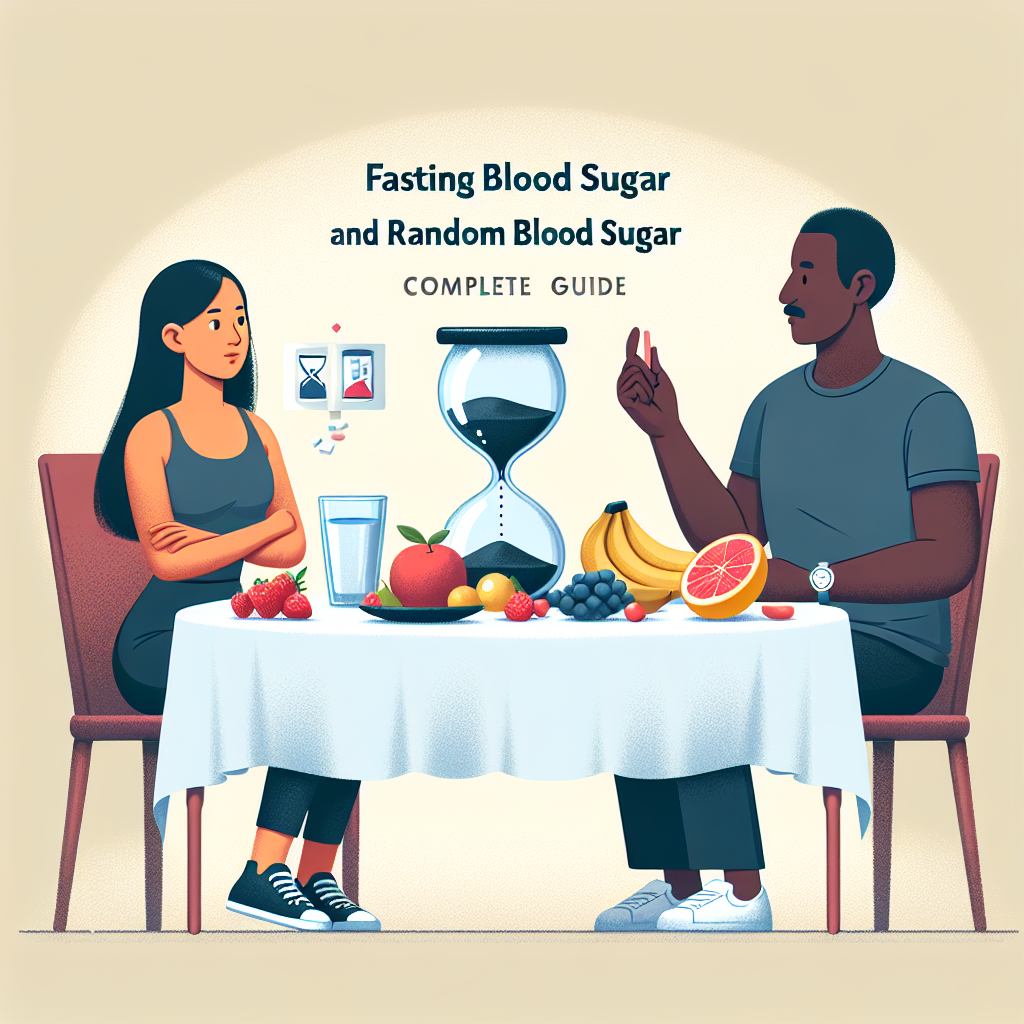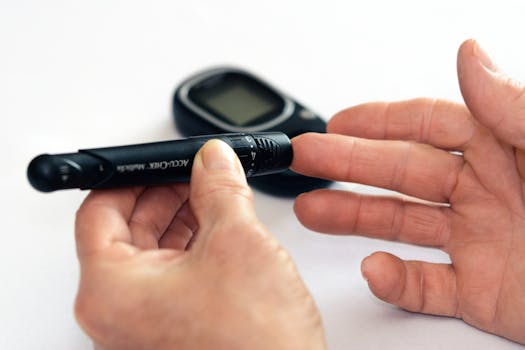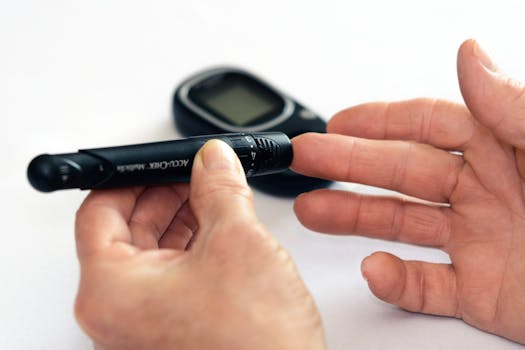Understanding fasting blood sugar and random blood sugar is essential for anyone monitoring metabolic health or concerned about diabetes. These two measurements give different snapshots: fasting values reflect your baseline after an overnight fast, while random checks capture glucose at any point during the day. Learning the differences helps interpret results, know when to seek medical advice, and take practical steps to improve control.
Fasting and random blood glucose levels: the basics
Fasting blood glucose (also called fasting blood sugar) is measured after no caloric intake for at least 8 hours. Random blood glucose (often referred to as a bsl random in some lab reports) is any measurement taken regardless of when you last ate. Both are useful: fasting values are standardized for diagnosis and screening, while random values can flag acute spikes that may need immediate attention.
Typical thresholds and what they mean
Clinicians rely on established thresholds to interpret readings. While exact cutoffs can vary by guideline, examples include:
- Fasting: normal, prediabetes, or diabetes ranges based on clinical criteria.
- Random: values significantly above typical post-meal rises suggest impaired glucose regulation or diabetes, especially when accompanied by symptoms.
How to interpret readings and when to retest
Context matters. If you get an unexpectedly high random reading while feeling unwell, repeat the test when symptoms resolve and discuss results with your provider. For routine assessment, measuring average morning blood sugar across several days can provide a clearer picture than a single value. Home meters and continuous glucose monitors each have pros and cons; calibration and correct technique are important to reduce variability.
How to check for diabetes: practical steps
Screening usually starts with fasting and/or A1C tests ordered by a healthcare professional. If you’re doing home checks, record patterns: fasting levels, post-meal readings, and bsl random entries. If readings are consistently high or you experience polyuria, excessive thirst, unexplained weight loss, or fatigue, seek medical evaluation. For further reading on testing and monitoring practices, reputable public health resources provide clear guidance—see the CDC guidance on monitoring blood glucose for specifics on testing methods and frequency.
Factors that affect results
Many things influence both fasting and random tests: recent food, medications (including steroids), stress, illness, sleep quality, and physical activity. Dehydration and certain medical conditions can also skew results. Keep a symptom and activity log when checking values to help your clinician interpret patterns.
Daily habits to improve readings
Simple lifestyle changes can lower high glucose readings over time:
- Consistent physical activity to improve insulin sensitivity.
- Balanced meals with fiber, lean proteins, and healthy fats to reduce post-meal spikes.
- Weight management and stress reduction strategies.
If you want an in-depth overview of treatment approaches for diagnosed diabetes types and how monitoring fits into care plans, consult this comprehensive guide to Type 1 and Type 2 diabetes treatments for 2024: comprehensive guide to Type 1 and Type 2 diabetes treatments for 2024.
Monitoring nuances: averages and timing
Clinicians sometimes evaluate an average morning blood sugar over several days rather than a single morning value. Similarly, assessing normal blood sugar levels in the morning helps establish a personal baseline. Continuous glucose monitoring provides more data points and can reveal nocturnal patterns that single fingerstick checks miss.
When to contact a clinician
If you consistently record fasting values in the diabetic range or repeated random readings are markedly elevated, contact your healthcare team. Acute very high readings with symptoms such as confusion, vomiting, or severe dehydration require urgent care.
- Keep a log of fasting and post-meal readings for at least a week before your visit.
- Include any notes on medications, recent illnesses, and exercise.
- Bring your meter to appointments if you suspect calibration issues.
FAQ
Q: How often should I check my fasting and random blood sugar?
A: Frequency depends on your health status and treatment plan. People without diabetes might screen annually, while those on medications or insulin may check multiple times daily. Discuss a personalized plan with your clinician.
Q: Can a single high random reading mean I have diabetes?
A: One high random reading is not diagnostic by itself. Repeat testing and confirmatory tests (fasting glucose, A1C, or oral glucose tolerance test) are usually needed to diagnose diabetes.
Q: Are morning glucose spikes normal?
A: Some morning elevation is common due to the dawn phenomenon. However, consistently high normal blood sugar levels in the morning warrant evaluation and possibly a change in therapy or meal timing.






